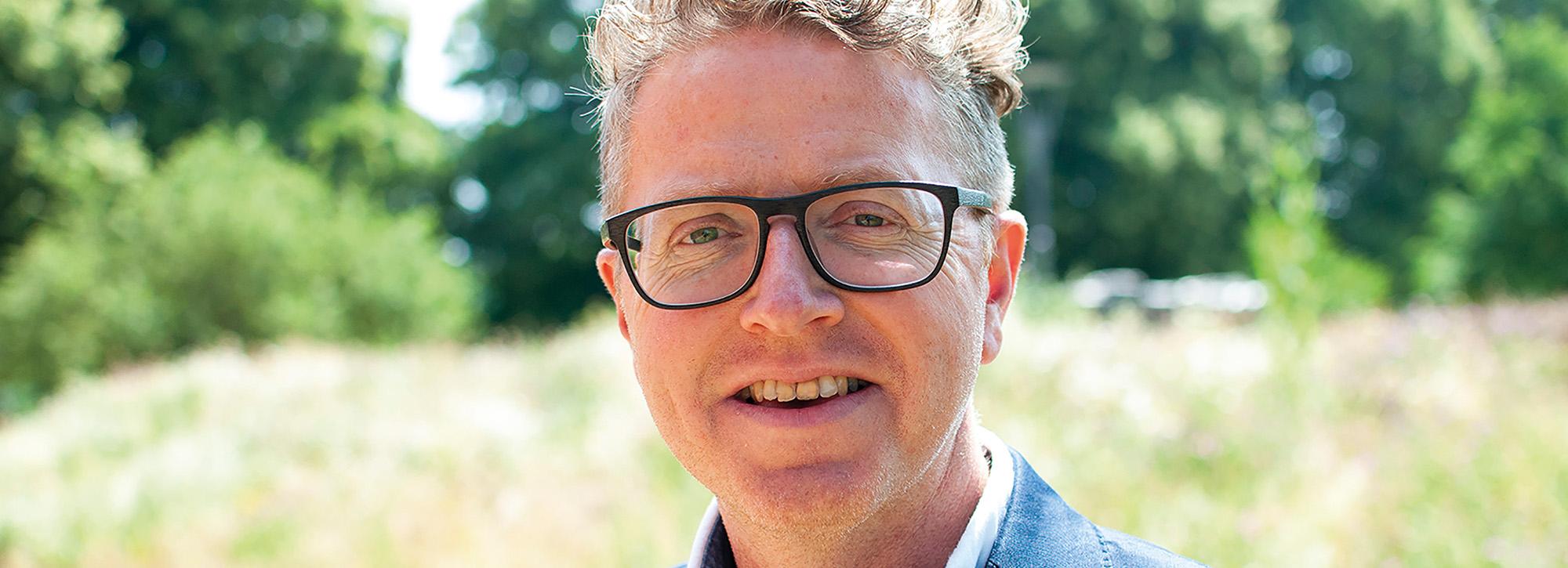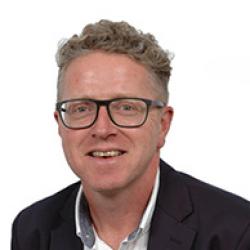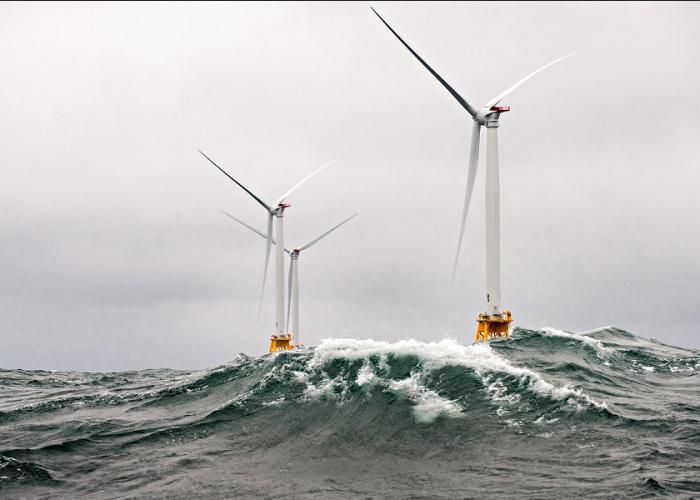
Case study
Michael Case, who recently joined us from Tidal Lagoon Power, tells us about his passion for renewable energy, and shares his thoughts on some of the challenges for this rapidly developing industry.
What led you to a career in renewable energy?
My interest in renewable energy started at a young age when I realised that I could harness the awesome destructive power of the sun armed with only a magnifying glass! Later, at university, I turned my attention to more beneficial applications. I became fascinated with biomass energy, and in particular the use tree coppicing on a commercial scale for combined heat and power generation. This also improved soil conditions and biodiversity on otherwise poor agricultural land, so it seemed like a brilliant solution to a raft of problems.
Later, while I was working in the international development sector in East Africa, it became clear that one of the main issues hindering development was the lack of access to reliable power. Vital national industries like mining were reliant on expensive diesel generators for power. As well as the high fuel import costs, these generators also created a host of logistical, security and environmental issues. But East Africa has an incredible solar resource and sits on one of the greatest onshore wind resources in the world, running the length of the rift valley escarpment. This drove me to get involved in wind power and I spent the next few years developing East Africa’s first commercial scale wind farm.
On returning to the UK I got involved in marine renewables for similar reasons. As well as an incredible offshore wind resource, the UK has the world’s largest tidal energy resource which is completely untapped. I worked for Tidal Lagoon power from its inception through to the successful development consent.
Now, with HR Wallingford, I’m using my experience of renewable energy project development to help our clients deliver amazing renewable energy projects around the world.
Why HR Wallingford?
While I was at Tidal Lagoon, we worked with HR Wallingford to solve a number of complex and challenging problems: both numerical resource modelling and physical model testing of the lagoon structure. I was really impressed with the calibre and professionalism of the people here, the depth of their knowledge and the enormous institutional memory held by the organisation.
I am studying for a PhD in Ocean Science, looking at the effect of turbine generated underwater noise on fish. This also led me HR Wallingford, as the pioneering work by Kate Rossington and Tom Benson on underwater noise modelling is well respected by the academic community. This focus on science and research sets HR Wallingford apart from conventional multidisciplinary consultancies, and the amazing variety of projects and expertise makes it a really interesting place to work.
What are the big challenges faced by offshore renewable energy developers?
In the UK offshore wind industry, the big challenges are consenting risk and driving down the cost of energy to be competitive in the CFD auctions.
With offshore wind, building in the sea brings a whole host of technical and environmental challenges, and these need to be considered up front. With our support to optimise layout during the early design stages of a project, we can help to minimise scour protection around foundations and cables, optimise foundation design, reduce O&M costs and increase overall asset life. Our PortOps tool - developed and used in the LNG industry for more than 10 years - is ideal for optimising wind farm construction and factors in metocean conditions and risk into each operation. It can also be used for port selection, port layout design and as a real time decision making tool during construction. For smart developers this really useful tool can help to significantly reduce costs and risk contingency.
Getting a project through a DCO is an expensive process, yet large projects can still fail to get consented. With decades of experience in the nuclear, oil, gas and offshore wind industries, our expertise is recognised and trusted by marine regulators. This combined with our independent ownership, and freedom from any direct regulatory role, means our advice is trusted by stakeholders and industry to be impartial and evidence-based. Having worked on over 90 per cent of the UK’s offshore wind fleet we have built an enormous wealth of knowledge of the UK coastline including numerous, validated, hydrodynamic and environmental models. By using our expertise developers can significantly de-risk the consents process by knowing it will be the best in class.
What are you most excited about at the moment?
The new leasing round announced by the Crown estate for England and Wales should go live in Spring 2019, so activity is starting to ramp up in the UK which is really exciting. We are also working on a number of offshore wind projects in Taiwan which are really interesting and I will be visiting Taipei later in the year to explore how we can further support our clients in this sector.
Want to know more?

